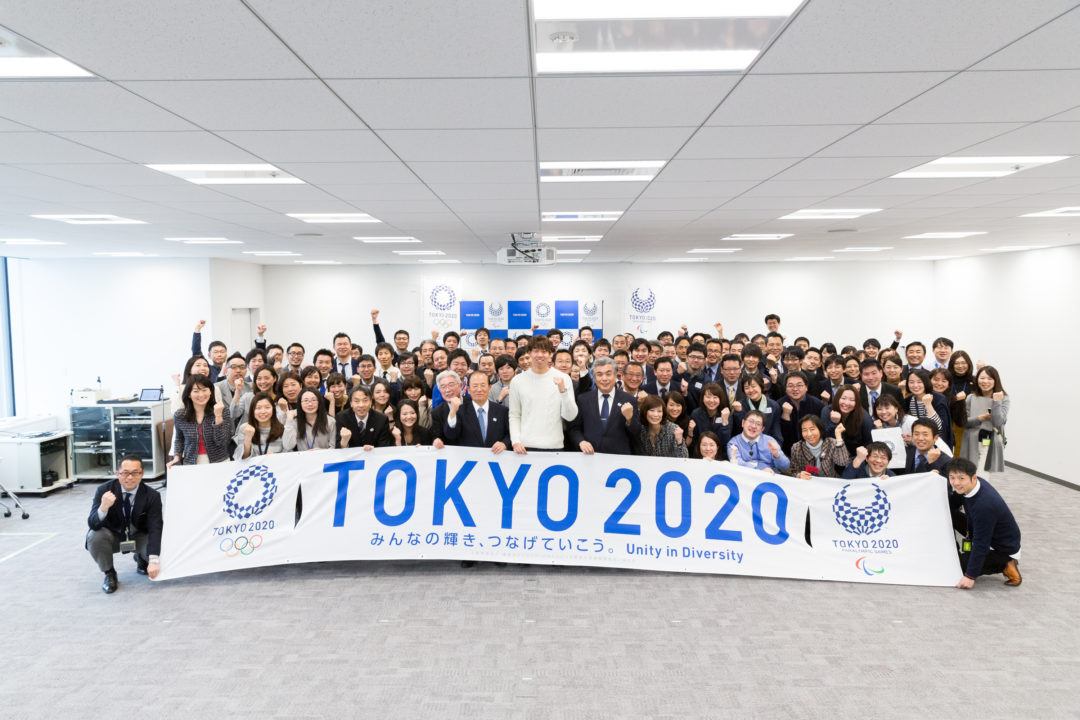Yesterday, the International Olympic Committee (IOC) announced that it is planning to move the Olympic marathon and race walking events to Sapporo, the host city of the Winter Olympic Games back in 1972. The move to Hokkaido, the northern-most region of the country, will mean significantly lower temperatures for the athletes competing in these sports during the Olympic Games. Per Kyodo, just one day later International Olympic Committee President Thomas Bach said the governing body and local organizers have “decided” to stage the 2020 Summer Games marathon and race walking events in Sapporo in order to avoid Tokyo’s extreme heat in early August.
The average monthly high temperatures in Sapporo are around 78 degrees Fahrenheit in late July and early August, the period of the 2020 Olympic Games. In Tokyo, the average highs are almost 10 degrees warmer, around 88 degrees Fahrenheit
According to a separate report by Kyodo, Tokyo Governor made use of some sarcasm as she critiqued the “decision” to host such events on Russian-held islands. Sapporo, located on the island of Hokkaido, is Japan’s 5th-largest city. A territorial dispute over the islands has long prevented the signing of a post-World War II peace treaty between the two nations. In Japan, they are called the Northern Territories whereas in Russia they are known as the Southern Kurils.
Prior to the idea of moving the aforementioned events to a different city, the Organizing Committee was already eyeing the possibility of changing the starting times for the sports of athletics -marathon and race walk events-, rugby, and cycling to avoid the peak heat of the day.
When it comes to marathon swimming (open water 10-kilometer event), Japan’s national broadcaster NHK is reporting that the IOC is considering starting the triathlon and open water swimming events earlier than planned due to the expected high heat in Tokyo. Earlier in August, we reported that swimmers who competed at the marathon swimming test event for the upcoming Tokyo 2020 Olympics expressed concerns related to the water quality and temperature. Per the Organizing Committee, Sunday’s open-water race was performed with the purpose of operational testing, therefore no competitive results have been published.
The event started at 7 a.m. with the air temperature already over 30 degrees Celsius (86 Fahrenheit) in the Japanese capital city. Between July 29th and August 4th of this year, 57 people lost their lives resulting from heat-related illnesses in the Japanese capital. Swimming was not the only sport impacted by these extreme temperatures. Several rowers competing at the World Rowing Junior Championships in Tokyo had to be treated after experiencing symptoms of heatstroke. Further, the swimming portion of the Paralympic triathlon test event had to be canceled due to poor water quality.
Last year a heatwave in the city killed over a dozen people. So far this year 11 people have died and another 5,000 have been taken to hospitals.
In late July, the Organizing Committee tested ways to keep people cool at an international volleyball event in light of next year’s Games.
The Tokyo Fire Department is preparing additional ambulances and multilingual support for athletes and spectators as a safety measure against a possible surge in heatstroke and heat exhaustion cases at next summer’s Olympic and Paralympic Games.

Good decision. Japanese are some of the pragmatic people.
2013,before “Tokyo 2020” is chosen,
Japan’s summer heat had already caused many heat disease and victims.
but Tokyo 2020 bid committee explained about July~August of Tokyo such as “warm climate” “ideal weather for Olympians”.
Many Japanese including media had pretended to do not notice about its lie.
Such Japan’s lie was ignored somehow.
Don’t forget bribery issue about Tokyo 2020.
Good beer
Good moves.
maybe OW swim is next?